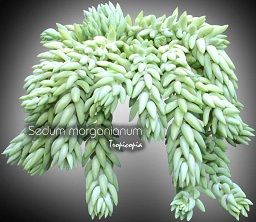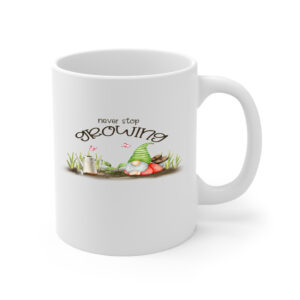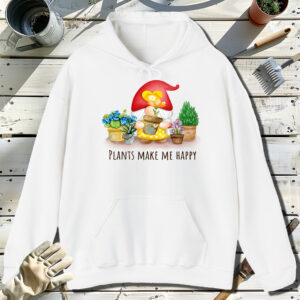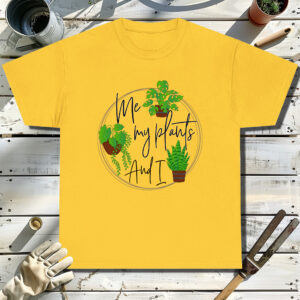Table of contents
Burro-tail

Latin Name: Sedum morganianum
Category: Hanging
Family: Crasssulaceae
Origin: Mexico
Climate: Arid Tropical
Growing Zones: 11, 9
Care Instructions
The Burro-tail (Sedum morganianum) is a arid tropical plant that originates from Mexico. This hanging plant belongs to the Crasssulaceae family and is well-suited for growing in USDA zones 11, 9.
Complete Care Guide for Burro-tail (Sedum morganianum)
Watering Requirements
The Burro-tail, or Sedum morganianum, is a succulent that thrives on minimal watering. It is essential to allow the soil to dry out completely between waterings to prevent root rot, which is a common issue with succulents. During the growing season, typically spring and summer, water the plant every two to three weeks, adjusting based on humidity and temperature. In the fall and winter, reduce watering to once a month or even less, as the plant enters a dormant phase. Always check the soil moisture by inserting your finger about an inch deep; if it feels dry, it’s time to water. When you do water, ensure that you soak the soil thoroughly, allowing excess water to drain out of the pot’s drainage holes.
Light Conditions
Burro-tail prefers bright, indirect sunlight but can tolerate some direct sunlight, especially in the morning. Ideally, place your plant near a south or east-facing window where it can receive at least six hours of light daily. However, be cautious of intense afternoon sun, which can scorch the leaves. If you notice the leaves stretching or becoming leggy, it may be a sign that the plant is not receiving enough light. Conversely, if the leaves start to lose their vibrant color or develop brown spots, it may be getting too much direct sunlight. In low-light conditions, the plant may survive but will not thrive, so finding the right balance is crucial for optimal growth.
Soil Preferences
For Burro-tail, well-draining soil is paramount. A cactus or succulent potting mix is ideal, as it allows excess moisture to escape while retaining some necessary nutrients. If you prefer to create your own mix, combine regular potting soil with sand or perlite in a 2:1 ratio. This will enhance drainage and aeration, which are critical for the health of the roots. Additionally, consider using a pot with drainage holes to prevent water from accumulating at the bottom. Fertilization is not typically necessary, but during the growing season, you can apply a diluted, balanced fertilizer every four to six weeks to promote growth. Be cautious not to over-fertilize, as this can lead to leggy growth and reduced flowering.
Pests and Diseases
While Burro-tail is relatively pest-resistant, it can occasionally fall victim to mealybugs, aphids, and spider mites. Regularly inspect the leaves for any signs of these pests, such as white cottony masses (mealybugs) or webbing (spider mites). If you notice an infestation, treat the plant with insecticidal soap or neem oil, ensuring to cover all surfaces of the leaves. Additionally, root rot can occur if the plant is overwatered or if the soil does not drain well. To prevent this, always ensure proper watering practices and use well-draining soil. If you suspect root rot, remove the plant from its pot, trim away any affected roots, and repot it in fresh soil.
Special Care Tips
To keep your Burro-tail healthy and thriving, consider the following special care tips. First, avoid placing the plant in a humid environment, as succulents prefer dry conditions. If you live in a particularly humid area, ensure good air circulation around the plant. Additionally, rotate the pot occasionally to promote even growth and prevent the plant from leaning towards the light source. If you notice that the leaves are becoming too long or leggy, you can prune them back to encourage bushier growth. Lastly, during the growing season, you may want to propagate your Burro-tail by taking leaf cuttings and allowing them to callous over before placing them in soil. This is a rewarding way to expand your collection and share with friends!








